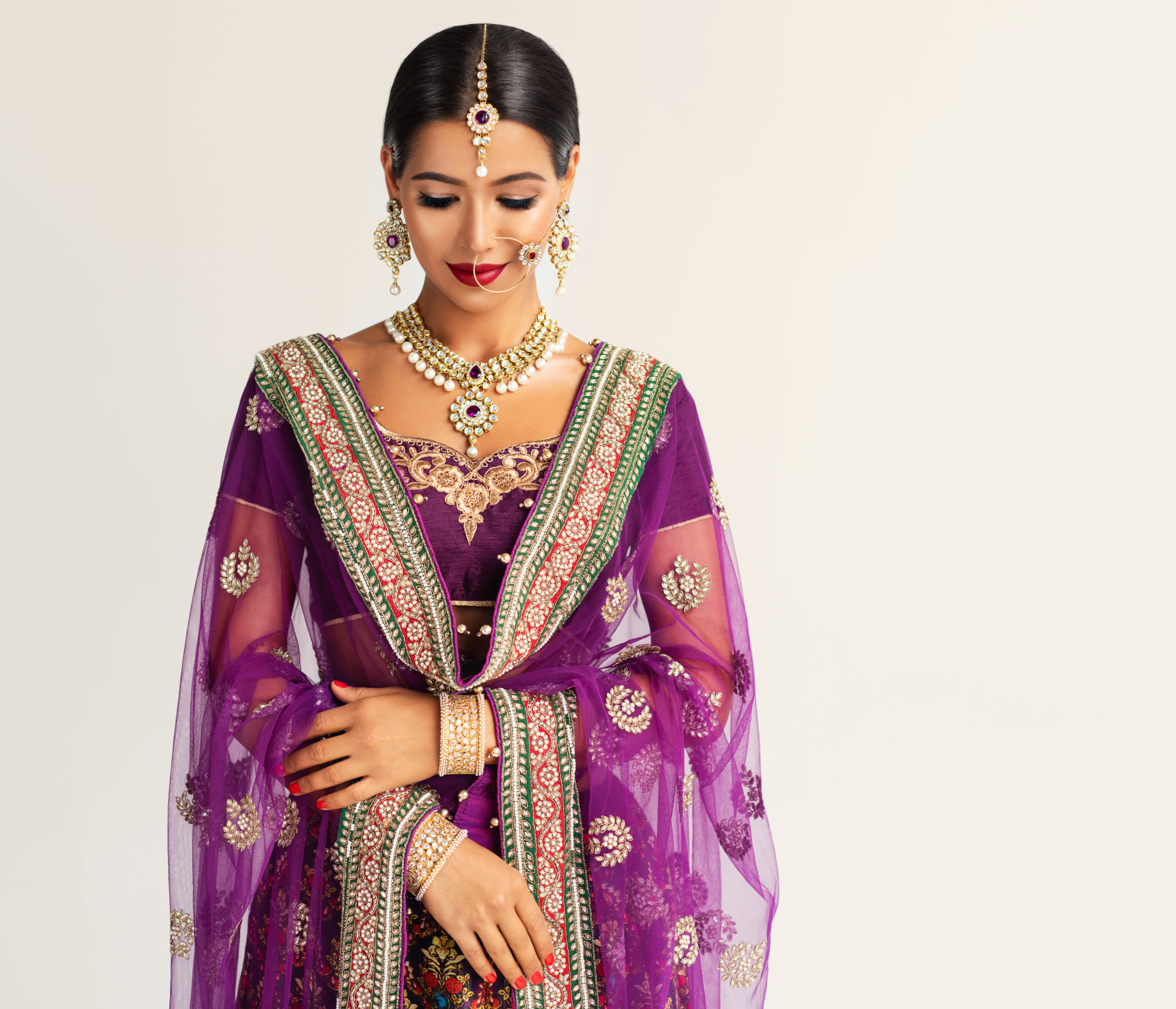India's Heritage in Every Thread: The Story Behind Popular Ethnic Wear
The Rich Tapestry of Indian Ethnic Wear
India's ethnic wear is a vibrant tapestry of history, culture, and tradition, woven into every thread, color, and design. Each piece of clothing tells a story, often passed down through generations and evolving with time while maintaining its core essence. From the intricate embroidery of Lucknow's chikankari to the colorful prints of Rajasthan's bandhani, Indian ethnic wear is as diverse as the country itself.

The Roots of Tradition
Indian ethnic wear has its roots deeply embedded in the country's ancient history. The Indus Valley Civilization, one of the world's oldest, showcased early forms of textiles and clothing that influence today's fashion. Traditional garments like the saree, kurta, and lehenga have origins that date back centuries, each style representing different regions and cultural practices.
The saree, perhaps the most iconic of India's traditional garments, is a symbol of grace and elegance. It is said to have originated around 2800–1800 BC in the Indus Valley. The saree's versatility allows it to be draped in numerous ways, each method carrying its own cultural significance.

Intricate Craftsmanship
The craftsmanship involved in creating Indian ethnic wear is nothing short of extraordinary. Artisans across the country employ age-old techniques to produce stunning pieces that are often considered works of art. Embroidery styles like zardozi, phulkari, and kantha reflect the skill and dedication of these craftsmen.
Zardozi, with its origins in Persia, was introduced to India during the Mughal era. This intricate embroidery involves metallic threads and embellishments, creating a regal appearance perfect for bridal wear and festive occasions.

Regional Diversity
India's vast landscape is mirrored in the diversity of its ethnic wear. Each region boasts its own distinct style, influenced by local traditions, climate, and resources. In Gujarat and Rajasthan, for example, the vibrant bandhani tie-dye technique creates patterns that are both lively and meaningful.
In contrast, the southern states are renowned for their silk sarees, particularly those from Kanchipuram. These sarees are cherished for their rich colors and intricate designs, often adorned with gold thread work.
Modern Interpretations
While traditional clothing continues to hold a special place in Indian culture, modern designers are reinterpreting ethnic wear for contemporary tastes. This fusion of old and new results in innovative designs that appeal to younger generations while still honoring traditional craftsmanship.

Designers are experimenting with fabrics, cuts, and styles to create garments that are versatile and suitable for various occasions. This evolution ensures that India's rich textile heritage remains relevant in today's fast-paced world.
The Global Influence
Indian ethnic wear has transcended borders, influencing global fashion trends. Designers worldwide draw inspiration from India's vibrant colors and intricate designs. Bollywood movies and international fashion shows have played a significant role in popularizing these styles beyond India's shores.
The global appeal of Indian ethnic wear is evident in the increasing number of international celebrities donning sarees or lehengas at red carpet events, showcasing the timeless beauty and elegance of these garments.

Preserving Heritage
The preservation of India's textile heritage is crucial for future generations to understand the depth and richness of their culture. Efforts are being made by organizations and individuals to document traditional techniques and provide platforms for artisans to showcase their work.
By supporting local artisans and buying authentic ethnic wear, consumers can contribute to preserving this invaluable heritage. As we continue to celebrate and cherish these traditional garments, they serve as a reminder of India's diverse cultural legacy.